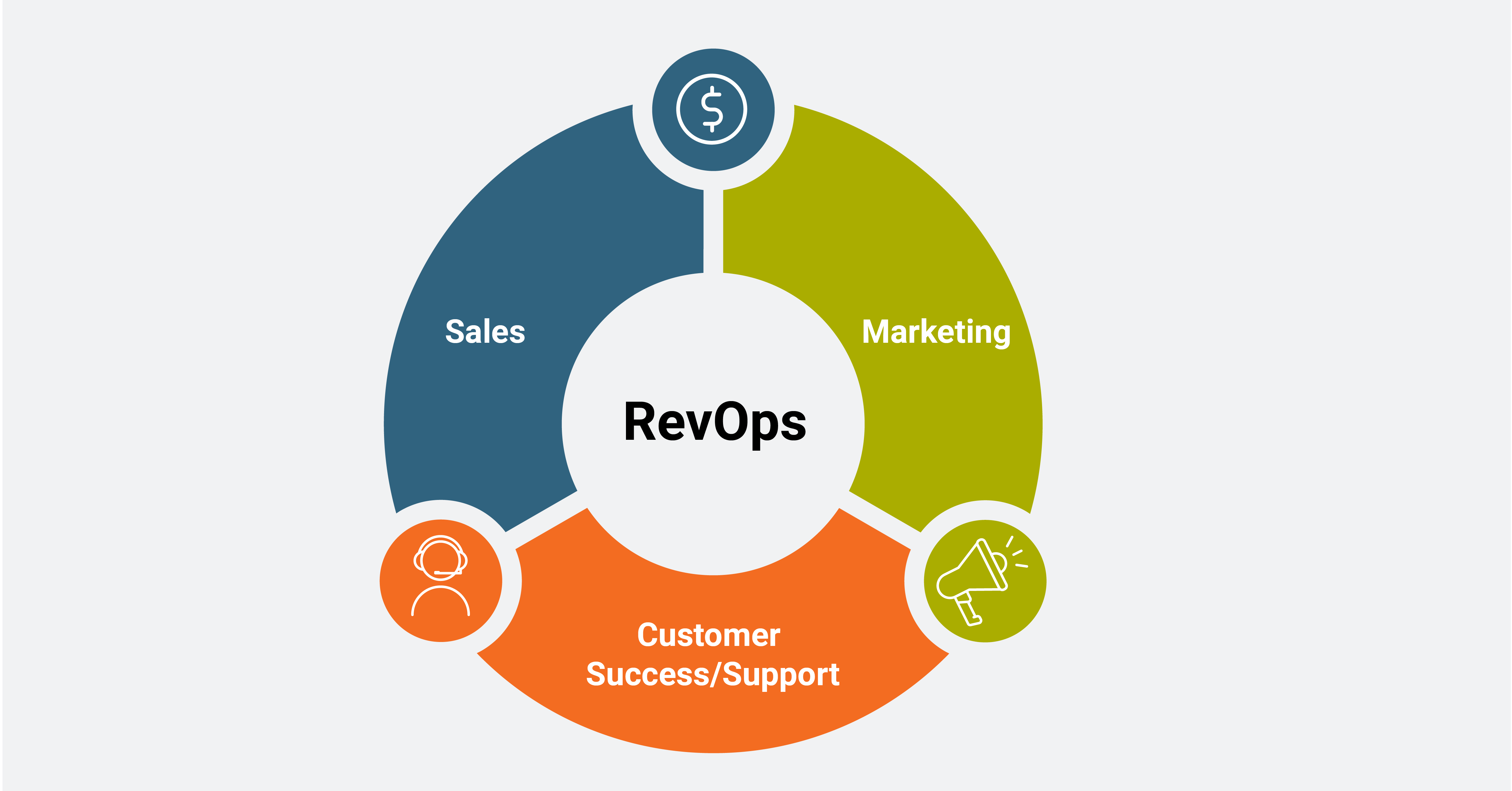
A few months back, I was building an AI assistant for a digital news platform. They wanted two things: real-time updates from social media and clear, professional summaries for their readers. At first, I tried a few different APIs one by one. But eventually, I narrowed it down to two strong options, the Claude Opus 4.1 API and the Grok 4 API.
That’s when I realized this wasn’t just a choice between two tools. It was about choosing the right fit for the project’s goals. So, if you’re an API buyer or developer trying to decide between these two, let me walk you through what I’ve learned from real-world experience.
Why These APIs Matter Right Now
The AI landscape is changing fast. Every project today needs something unique — from deep writing capabilities to quick data pulls. That’s where these two APIs come in:
- The Claude Opus 4.1 API is perfect when your app needs to think, reason, and write like a professional human.
- The Grok 4 API connects you to live, trending data and responds with a confident, edgy tone that suits fast-paced platforms.
But which one should you choose? Let’s break it down side by side.
What I Needed for My Client
The client’s website focused on political and economic news. Their goals included:
- Real-time updates about global trends
- Clean, easy-to-read summaries for their audience
- A tool they could manage without rewriting everything manually
When I first used the Grok 4 API, I got fast responses based on what was trending. But the writing often felt rushed or too casual. Then I tried the Claude Opus 4.1 API, and the content was structured and polished, but it lacked that fresh, up-to-the-minute feel.
So, I decided to test them both in detail.
Feature Comparison: Claude Opus 4.1 API vs Grok 4 API
| Feature | Claude Opus 4.1 API | Grok 4 API |
| Developer | Anthropic | xAI (Elon Musk) |
| Writing Style | Formal, thoughtful | Witty, casual |
| Ideal Use Cases | Articles, summaries, automation | Social posts, alerts, headlines |
| Real-time Awareness | No | Yes |
| Output Consistency | High | Medium |
| Data Source | Trained on large datasets | Connected to real-time platforms |
| Tone Control | Strong | Limited |
| Response Time | Slower but deeper | Very fast |
| Best For | Deep reasoning, ethical writing | Trend-based updates |
Where Claude Opus 4.1 API Works Best
If you’re building apps that need high-quality writing or thoughtful responses, the Claude Opus 4.1 API is a solid choice.
Here’s how I’ve used it:
- Drafting email responses for a customer service bot
- Creating long-form content for landing pages
- Summarizing PDFs and reports
- Writing product descriptions for eCommerce
What I love most about Claude is how natural and clear it sounds. It understands tone, context, and even rewrites content in different styles without sounding robotic.
Where Grok 4 API Is the Winner
The Grok 4 API shines in situations where speed matters more than structure. For example:
- Showing live reactions to a political debate
- Pulling trending tweets or breaking news
- Creating quick snippets for newsletters
- Powering real-time dashboards for social monitoring
In one campaign, I used Grok to create automated updates during a sports event. Every five minutes, the tool posted fresh stats and quotes. The client’s engagement rate jumped by over 40 percent during that match.
Which One Should You Choose?
If you’re deciding based on use case, here’s a quick breakdown to guide you.
Choose Claude Opus 4.1 API if:
- You need long-form content or summaries
- Tone, safety, and clarity matter
- You’re building for industries like finance, law, or education
- You want consistency and language depth
Choose Grok 4 API if:
- You need live data and speed
- Your app relies on social platforms
- You’re targeting young, active users
- You want punchy, real-time content
Combine Both if:
- Your app includes both static and dynamic content
- You want real-time data polished into readable content
- You want the flexibility to shift styles depending on your audience
That’s what I eventually did for my client. Grok pulled the latest updates, and Claude refined them into beautiful, structured summaries. The result? A smoother workflow, less manual editing, and happier users.
Lessons Learned from Using Both
Here are a few things I’ve picked up while working with these APIs:
- Always customize your prompts. Both APIs perform better with detailed instructions.
- Don’t expect perfection right away. Test different formats until the result feels natural.
- Use Grok for discovery and Claude for delivery. That balance really works.
- Monitor usage and costs. Real-time data calls can add up quickly.
Final Thoughts
If you’re an API buyer, choosing between the Claude Opus 4.1 API and the Grok 4 API depends entirely on what you’re building. Both are excellent, but in different ways.
Grok gives you instant access to what’s happening now. Claude gives you the structure, depth, and polish that today’s users expect. And if you use them together, the possibilities open up even more.
I’ve personally seen how combining them can solve real-world challenges, from content creation to smart automation. Whether you’re building for clients or launching your product, knowing when and how to use each API will give you a serious edge.
If you’re still unsure which to start with, test both in a small pilot. Let your users guide the final decision. That’s what I did, and it made all the difference.




